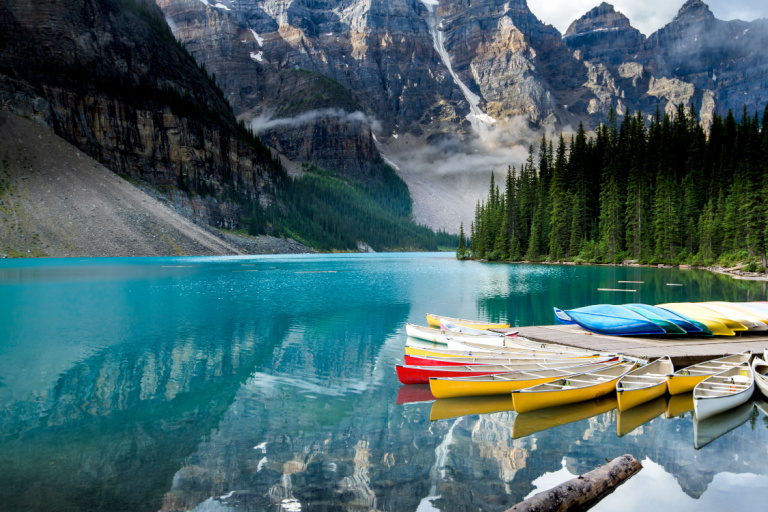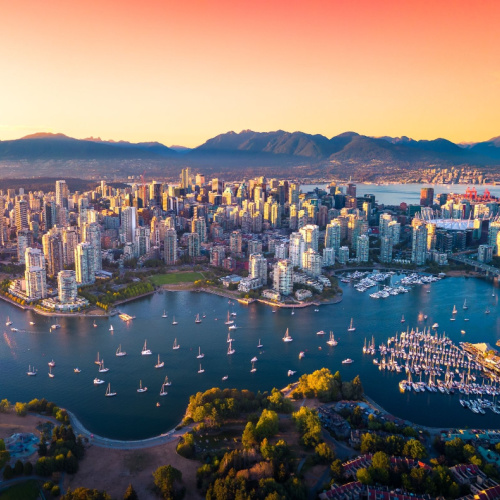Summer across North America (June to August) can be cool, warm, or screaming hot. Summertime usually brings increased rain and humidity across the continent, making outdoor activities more pleasant when you're by the water or have backup plans in case of storms.
In Canada, the summer is short and sweet with temperatures from 59°F to 77°F. In the U.S., summer in San Francisco, CA might only reach 60°F, while Boston heats up to about 74°F and Miami reaches 87°F. Down in Mexico, summer temperatures often exceed 95°F.






